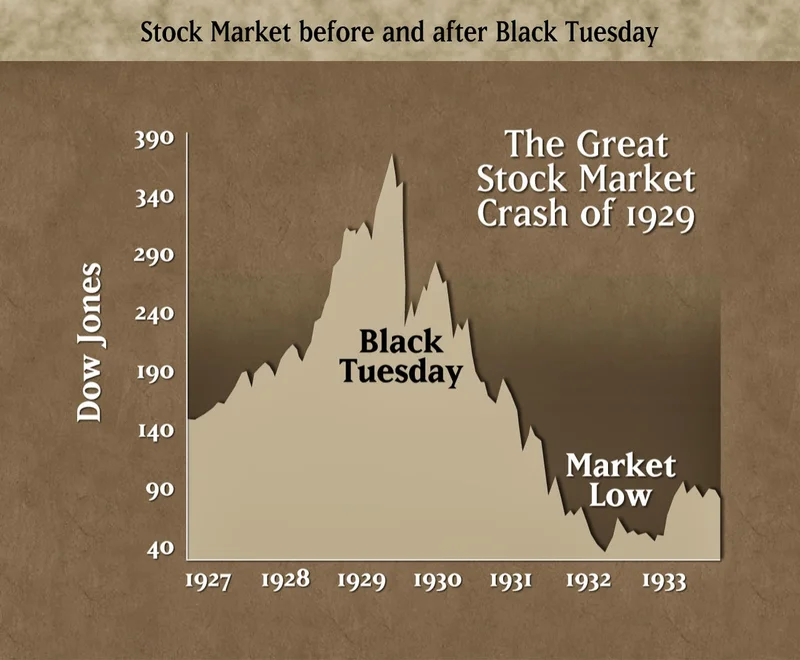Article Directory
The stock market's been on a tear, fueled by the AI gold rush. But is it a sustainable boom, or a bubble ready to burst? Herb Stein's old adage comes to mind: "If something cannot go on forever, it will stop." The real question isn't if this AI-powered stock market bubble will pop, but when and how.
Warning Signs: Echoes of Dot-Com Mania
Anyone claiming we aren't in an AI-induced stock bubble either isn't paying attention or is heavily invested. The S&P 500's Cyclically Adjusted Price Earnings Ratio (CAPE) is sitting around 40. That's double its long-run average and flirting with the levels we saw during the dot-com bubble. Buffett's favorite metric—the stock market's value relative to GDP—is even more alarming, hitting 230%. That's more than 50% above the peak of the year 2000 bubble. So, what do these numbers really mean? They suggest investors are paying a hefty premium for future earnings, a bet that hinges on continued, explosive growth.
Then you have the valuations that defy gravity. OpenAI, for example, is valued at half a trillion dollars despite not turning a profit (at least, not yet). And the "Magnificent Seven" (the major AI players) now account for 37% of the entire S&P 500. That's a concentration of risk that should make any rational investor nervous. Finally, consider the hundreds of billions being plowed into AI, accounting for almost half of recent US GDP growth. Is this real economic expansion, or just a financial house of cards?
The Fed's Role: More Complicated Than You Think
The conventional wisdom, often parroted by folks like Ray Dalio, says the bubble will burst when the Fed tightens monetary policy. Makes sense, right? Higher interest rates make borrowing more expensive, which slows down growth and puts downward pressure on valuations. But what if the Fed doesn't tighten? Trump's openly pressuring them to cut rates, and he's stacking the board with dovish appointees (individuals who favor lower interest rates to stimulate economic growth).
But here's the critical point that everyone seems to miss: it's the 10-year Treasury yield, not the Fed's short-term rate, that truly matters. The 10-year yield is what drives the economy and determines how companies discount their future earnings. If the Fed aggressively cuts rates and, as a result, the long-term bond market freaks out and sends yields spiking, that could be the pin that bursts the bubble.
Why would the long-term bond market freak out? Look at the US public finances. The IMF projects a budget deficit of around 7% of GDP indefinitely. That'll push the public debt to 128% of GDP by 2030—worse than Greece or Italy. If the market thinks the Fed is just trying to inflate away the debt, the bond vigilantes (investors who sell bonds in response to policies they view as inflationary) will return with a vengeance, sending long-term yields skyrocketing.

Now, let's pause for a second and consider how this data is gathered. These GDP figures, the CAPE ratio, the debt projections – they're all based on models. And models are only as good as the assumptions you feed them. Are we accurately capturing the true scale of AI investment? Are the GDP calculations properly accounting for the disruptive effects of this technology? These are questions that keep me up at night. As some analysts have asked, [When Will the Stock Market Bubble Burst?](https://www.aei.org/economics/when-will-the-stock-market-bubble-burst/)
Black Swans and Import Tariffs: A Reminder of Market Fragility
The idea that only a Fed tightening can trigger a market crash ignores recent history. Remember the COVID-19 pandemic? The S&P 500 plunged 34% despite the Fed's easy money policies. Or how about Trump's "liberation day" import tariff announcement back in April 2025? The S&P 500 tanked 12% in a week. These events prove that external shocks can and do derail even the most exuberant markets.
I've looked at hundreds of these market analyses, and one thing stands out: they all tend to focus on internal factors, like interest rates and earnings. But the real world is messy. Geopolitical tensions, unexpected technological breakthroughs, even a particularly nasty flu season—any of these could be the catalyst that sends the AI stock bubble crashing back to earth.
The Inevitable Correction: When Sentiment Shifts
The music will stop. It always does. What's less clear is when and how.
My analysis suggests that the Fed's actions are only one piece of the puzzle. The market's vulnerability to external shocks, combined with the stretched valuations and the concentration of risk in a handful of AI stocks, creates a dangerous cocktail. And I'm not even factoring in the potential for unforeseen consequences from AI itself. What happens when AI starts making investment decisions? Will it amplify market swings, or will it bring stability? These are questions we simply can't answer yet.
The bottom line? Don't bet the farm on the idea that the AI stock bubble will only burst when the Fed starts to tighten. The market is a complex beast, and it's always capable of surprising us.
